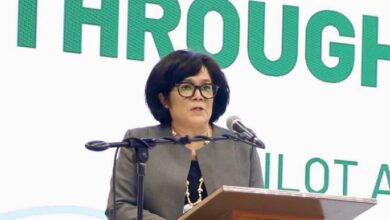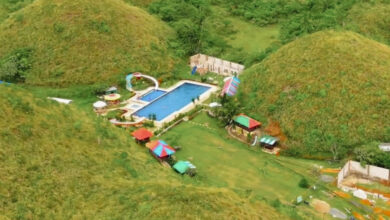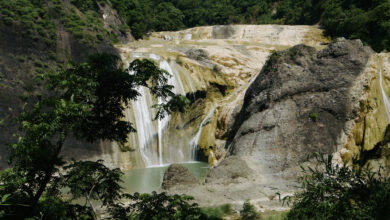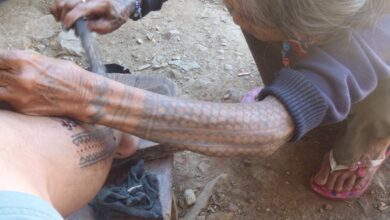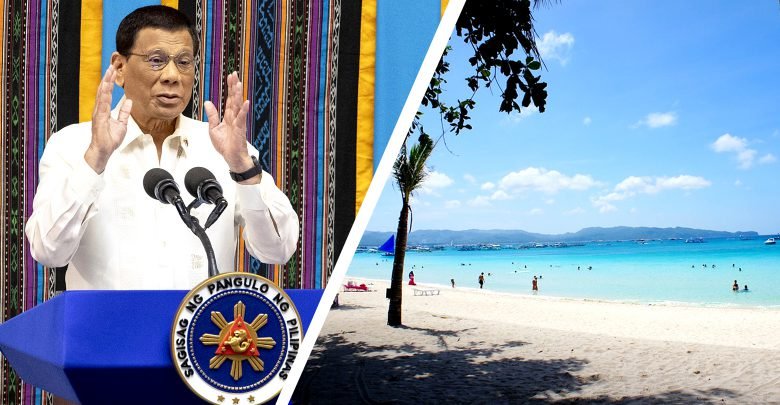
Boracay was just the beginning, so what’s next?
During President Rodrigo Roa Duterte’s 4th State of the Nation Address, a great number of fulfilled promises were mentioned. And many agree that restoring Boracay to its former majesty was one of the most noteworthy achievements. On that little patch of paradise, change has truly come.
While Boracay’s closure was a hot topic, its reopening certainly quieted critics. After six months of rehabilitation, we saw it in a state similar to when it was first discovered – pristine white sands and clear waters.
Now fully operational, and with continued improvement of tourism infrastructure, Boracay is a living testament to what we can achieve with political will.
This development has since led to a lot of questions and speculation on which tourist destinations are next for rehabilitation.
What we hope for is that Boracay’s renaissance has started a chain of efforts throughout the country for sustainable tourism.
Next in line
According to Department of Environment and Natural Resources (DENR) Secretary Roy Cimatu, the agency has several targets for rehabilitation. These include El Nido, Baguio City, Puerto Galera, Siargao, and Bohol.
Just this week, the Department of Interior and Local Government (DILG) recommended the closure of three (3) barangays in El Nido. Similar to Boracay, this will be done to prevent people from acquiring diseases from contaminated waters.
Additionally, Baguio’s Burnham Park made it to the top of the Department of Tourism’s (DOT) rehab list. It was sparked by social media buzz about the park’s deterioration. Tourists and locals alike were saddened by the fact that a place filled with childhood memories hasn’t been maintained.
A move for the environment and for our culture
There used to be a lot of dissent when places are closed for rehabilitation, but the results of Boracay’s closure are undeniable. Boracay showed us a change in the mindset of people – revealing how serious these issues really are, and how change can happen when we work together.
Let’s imagine the difference rehabilitation could make for places like Laguna Lake, Manila Bay, the Hundred Islands, or even Luneta Park. Historical places, those that could be included in our children’s educational field trips – these are more than old rocks and patches of grass. How we take care of these places is a reflection of our respect for our roots. More than keeping them clean, we should improve them. Our tourist attractions should showcase the history, wealth, and beauty of our country.
If Boracay was just the beginning, hopefully it isn’t just of an environmental or economic effort. But more importantly, a spark that inspires a sense of protection and pride for this place we call home. A new way of looking at how things are done, on the road to a better Philippines.

